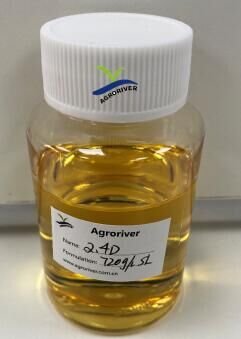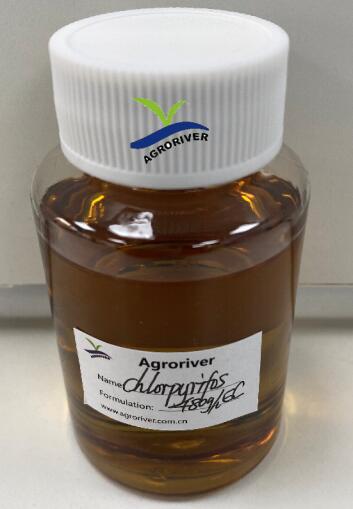A number of international agencies have predicted the possibility of extreme and destructive weather around the world in recent months.
The current warmest year on record was 2015-2016, when the world experienced a 21-month-long El Nino, according to a report released by the World Meteorological Organization in May.
In late June, the journal Nature reported that if El Nino is severe, it has the potential to push global temperatures to record or near-record highs in 2024.
On July 4, the World Meteorological Organization concluded that the first El Nino phenomenon in the tropical Pacific Ocean in seven years, and the global will have destructive weather and climate patterns are almost certain.
Some drugs will cause harm at high temperature mainly due to the following two points:
First, it is related to the nature of the drug
Inorganic pesticides and water-soluble, permeable pesticides, such as copper sulfate, sulfur powder, stone sulfur mixture, used at high temperatures, it is very easy to cause drug damage to crops, because the structural stability of the chemical composition will change after a certain temperature, resulting in drug damage.
Second, it is related to crop resistance
The drug resistance of leathery leaf plants such as Buxus macrophylla is stronger, and the drug resistance of plants with thin cuticle is weaker, and it is easier to produce drug damage when used in high temperature weather.
1. Abamectin
Abamectin is a insecticide that kills insects, mites and nematodes, and can be used to control insect pests on a variety of plants. It can be in the best effects when 20℃, but need to pay attention to the high temperature, especially 38℃ above the time of use, which is easy to result in drug damage, plant leaves deformity, spots, the phenomenon of stopping growth.
2.Pyraclostrobin
Pyraclostrobin is a broad spectrum fungicide, with therapeutic and protective effects. There will be a risk of drug damage if use high concentration.It is likely to cause plant leaf burning phenomenon.
3.Nitenpyram
Nitenpyram is mainly used to control stinging insects and easy to cause drug damage at high temperature, so it should be avoided. And it is better to spray at the temperature of below 30 ° C that won’t cause leaf burning and other phenomena.
4.Chlorfenapyr
Chlorfenapyr is a broad-spectrum insecticide, especially against the adult insects of lepidoptera (rapeseed, beet moth, etc.). Chlorfenapyr, suitable temperature about 20-30 degrees, the best effect. However, the use of Chlorfenapyr at high temperatures may cause leaf burning; The more tender leaves on the top also have more serious drug damage.
5. Fluazinam
Fluazinam can prevent prominently root swelling disease and gray mold, and it can also prevent mite pests, such as citrus red spider (adult, egg), and the control effect is better. Fluazinam will increase the chance of drug damage when it is used in high temperature, because the activity of Fluazinam is very high. High temperature medication can accelerate the evaporation of water, equivalent to increasing the concentration of the liquid medicine.
6.Propargite
Propargite is in low toxic acaricide, with contact and gastric toxicity, and osmotic conduction. It can prevent insects effectively above 20℃ while the plant fruit is very easy to produce sunburn disease above 25℃.
7.Diafenthiuron
Diafenthiuron is a new type of thiourea insecticide, acaricide, and has a certain effect of killing eggs. In the high temperature period (above 30℃) and high humidity conditions, it will produce drug damage to plant seedlings.
It should be noted that the suitable use temperature of the above agents is for reference only, and the specific temperature also needs to be divided into plants, and the suitable temperature of some plants is also different.
But 2,4D, Glyphosate and Chlorpyrifos are very useful in summer.


Post time: Jul-28-2023